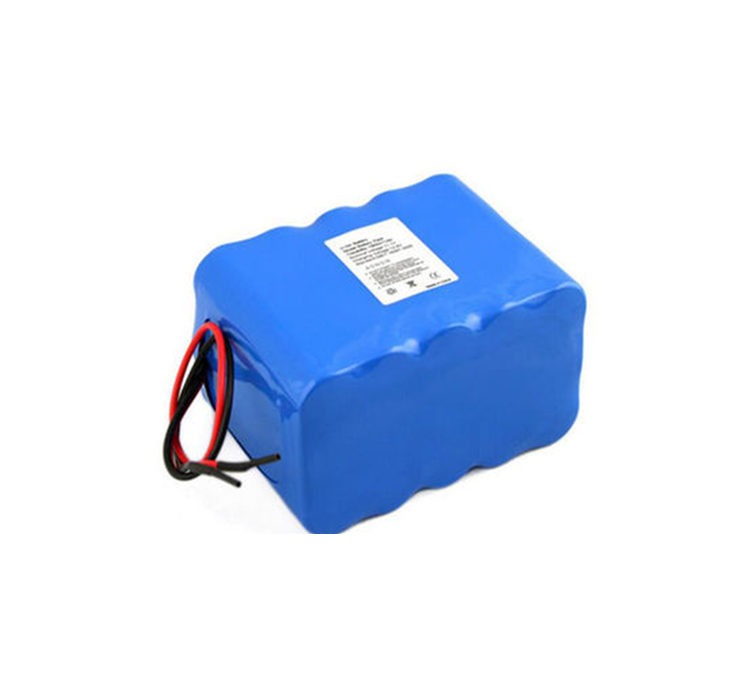Lithium battery series and parallel connection definition
Due to the limited voltage and capacity of a single battery, it is necessary to combine them in series and parallel to obtain a higher voltage and capacity in order to meet the actual power supply requirements of the equipment.
Lithium batteries in series: voltage is added, capacity remains the same, internal resistance increases.
Lithium batteries in parallel: the voltage remains the same, the capacity is added, the internal resistance is reduced and the power supply time is extended.
Lithium batteries in series and parallel: the batteries are combined in parallel and in series, resulting in higher voltage and higher capacity.
Series voltage: 3.7V single cells can be assembled into a battery pack with a voltage of 3.7*(N)V as required (N: number of single cells)
Such as 7.4V, 12V, 24V, 36V, 48V, 60V, 72V, etc.
Parallel capacity: 2000mAh single cells can be assembled into battery packs with a capacity of 2*(N)Ah as required (N: number of single cells)
Such as 4000mAh, 6000mAh, 8000mAh, 5Ah, 10Ah, 20Ah, 30Ah, 50Ah, 100Ah, etc.
Li-ion Battery PACK
Li-ion battery PACK refers to the processing and assembly of Li-ion battery packs and packaging. The process of assembling lithium cells into a group is called PACK, which can be a single cell or a series-parallel lithium battery pack, etc. Lithium Battery Pack usually consists of plastic shell, protection plate, battery cell, output electrode, connection with touch piece, and other insulating tape, double-sided tape, etc.
Lithium cell: the core part of the finished battery
Protection board: overcharge, overdischarge, overcurrent, short-circuit, NTC temperature control and other intelligent protection functions.
Plastic shell: support skeleton of the whole battery; positioning and fixing of the protection plate; carrying all other non-shell parts and limiting the position.
Terminal leads: can provide a variety of terminal line charging and discharging interface for various electronic products, energy storage products, backup power supply.
Nickel tabs/brackets: connecting and fixing components for electric cells
Lithium battery series and parallel combination
Due to the safety of lithium batteries, an external protection board must be used for the monitoring of each battery, the use of batteries is generally not recommended in parallel, if parallel must ensure the consistency of the parameters of the battery (capacity, internal resistance, etc.), in addition to the series use of the battery must also be consistent parameters, otherwise the performance of the battery pack will be much worse than the performance of a single cell.
The purpose of the lithium battery pairing is to ensure that the capacity, voltage, internal resistance and effect of each battery in the battery pack is consistent, inconsistency will lead to the use of lithium batteries in the process of various parameters farther and farther apart, resulting in voltage imbalance, over time will be over-charged, over-discharged, capacity does not play out, causing the risk of explosion and fire.
Precautions for series and parallel connection of lithium batteries
Do not use different brands of batteries together.
Do not use batteries of different voltages together.
Do not mix different capacities or old and new lithium batteries together.
Do not mix batteries of different chemical materials, e.g. NiMH and Li-ion batteries.
Replace all batteries when they are running low.
Use lithium battery protection plates with corresponding parameters.
Choose batteries with the same performance, generally lithium batteries used in series and parallel need to be paired with lithium battery cells. The standard of pairing: voltage difference ≤ 10mV, internal resistance difference ≤ 5mΩ, capacity difference ≤ 20mA
